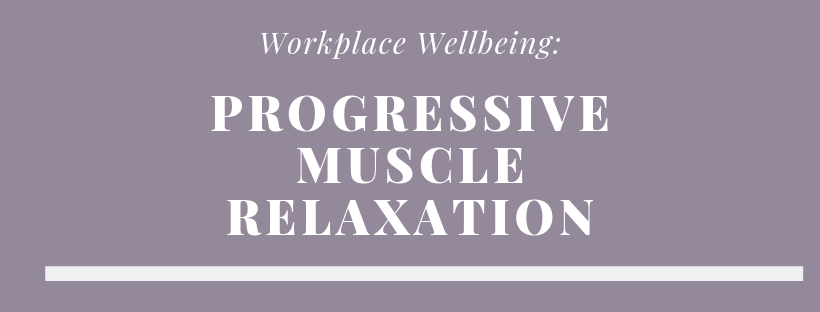
Why it’s important to relax your face
The human face is a complex network of muscles that allow for a remarkable range of expressions, critical for communication and social interaction. These facial muscles also play essential roles in functions such as eating, breathing, and speaking. However, the effects of stress on these muscles can be profound, leading to a variety of physical and psychological issues including jaw clenching, headaches, eye strain and muscle aches. So, let’s take a moment to consider the work that the muscles of our face have to undertake
Anatomy of a Face
Facial muscles, unlike most other skeletal muscles, are not attached directly to bone. Instead, they are attached to the skin, enabling them to move the skin and create expressions. The primary facial muscles include:
- Frontalis: Located on the forehead, it raises the eyebrows and wrinkles the forehead.
- Orbicularis Oculi: Encircles the eye socket, allowing the eyes to blink and close.
- Zygomaticus Major and Minor: Stretch from the cheekbones to the corners of the mouth, pulling the mouth upwards and outwards, as in smiling.
- Orbicularis Oris: Surrounds the mouth, enabling the lips to close, pucker, and contribute to speech.
- Buccinator: Found in the cheek, it helps in blowing, sucking, and chewing by compressing the cheek against the teeth.
- Masseter: One of the main muscles used for chewing, located at the angle of the jaw.
- Platysma: A superficial muscle extending from the chest up to the jaw, involved in expressions of disgust or fright.
- Depressor Anguli Oris: Lowers the corners of the mouth, associated with frowning.
These muscles work in concert to produce a vast array of facial expressions, each conveying different emotions and aiding in non-verbal communication.
Functions of Facial Muscles
The primary functions of facial muscles include:
- Expression: Facial muscles are essential for non-verbal communication. The ability to smile, frown, and display surprise or anger allows humans to convey emotions and intentions without words.
- Speech: Movements of the lips and cheeks are crucial for articulating words.
- Eating and Drinking: Chewing, sucking, and swallowing are facilitated by the coordinated actions of facial muscles.
- Sensory Protection: Muscles like the orbicularis oculi protect the eyes from debris by enabling blinking.
The Impact of Stress on Facial Muscles
Stress, whether acute or chronic, can have a significant impact on the facial muscles. The physiological response to stress often includes muscle tension, which can affect the muscles of the face in several ways:
- Increased Muscle Tension: Stress can lead to hyperactivity in facial muscles, particularly in the jaw and around the eyes. This tension can cause headaches, jaw pain (temporomandibular joint disorders), and contribute to conditions like bruxism (teeth grinding).
- Facial Expressions of Stress: Chronic stress can alter facial expressions, leading to the appearance of constant worry or anger. The frequent engagement of muscles associated with frowning or clenching the jaw can deepen wrinkles and lines on the face over time.
- Impact on Communication: Persistent stress can lead to changes in habitual facial expressions, potentially affecting social interactions. People may misinterpret stress-induced expressions as negative emotions, which can strain personal and professional relationships.
- Physiological Consequences: Stress can exacerbate conditions like Bell’s palsy, where facial muscles become temporarily paralyzed, or dystonia, a movement disorder causing involuntary muscle contractions. Research indicates that stress can trigger or worsen these conditions.
- Stress and Aging: Chronic stress accelerates the aging processes, including the degradation of collagen and elastin in the skin. This can lead to premature wrinkles and sagging. The constant muscle tension contributes to this by creating repetitive strain on the skin.
Managing Stress and Facial Muscle Health
Given the adverse effects of stress on facial muscles, it is important to adopt strategies for stress management and facial muscle care. Some effective methods include:
- Relaxation Techniques: Practices such as deep breathing, meditation, and progressive muscle relaxation can help reduce overall muscle tension. Facial exercises specifically designed to relax and strengthen facial muscles can also be beneficial.
- Regular Physical Activity: Exercise is a proven stress reliever and can help reduce muscle tension throughout the body, including the face.
- Adequate Sleep: Ensuring sufficient and quality sleep helps the body recover from stress and reduces muscle tension.
- Healthy Diet: A balanced diet rich in vitamins and minerals supports overall muscle health and can mitigate some of the impacts of stress.
- Professional Help: In cases of severe stress or if experiencing conditions like bruxism or temporomandibular joint disorder, consulting healthcare professionals such as a psychologist, physical therapist, or dentist can provide tailored strategies for managing symptoms.
To wrap up
Facial muscles play a critical role in expression, communication, and essential functions such as eating and speaking. However, stress can significantly impact these muscles. This can lead to tension, pain, and changes in appearance and social interactions. Understanding the anatomy and functions of facial muscles helps us to recognise the importance of looking after this set of muscles. Knowledge about the effects of stress underscores the importance of stress management for maintaining facial muscle health and overall well-being.
Rejuvenating Facial Massage
You can massage away stress from the face with gentle, rhythmical stroking motions. These movements not only relax the muscles of the face and neck but also help to drain away excess fluid helping to reduce puffiness – especially around the eyes. Read more about facial massage here
References and further reading
- Mayo Clinic Staff. (2021). Temporomandibular joint disorders. Mayo Clinic (https://www.mayoclinic.org/diseases-conditions/tmj/symptoms-causes/syc-20350941)
- American Dental Association. (2021). Bruxism. ADA (https://www.ada.org/resources/research/science-and-research-institute/oral-health-topics/bruxism)
- Ekman, P., & Friesen, W. V. (1978). Facial Action Coding System. Consulting Psychologists Press.
- Zhang, X., Zhang, B., & Li, Z. (2018). The role of stress in the pathogenesis of dystonia. Journal of Neural Transmission, 125(4), 585-591.
- Sapolsky, R. M. (2004). Why Zebras Don’t Get Ulcers: The Acclaimed Guide to Stress, Stress-Related Diseases, and Coping. Henry Holt and Company.
Phoenix Health and Wellbeing is a charitable social enterprise based in Leeds, West Yorkshire. We offer support in the form of counselling, acupuncture and massage therapies to people who are referred to us by medical professionals, due to their chronic health issues and low incomes. By using our services you are helping us to continue with this life enhancing support.
Find out more about our work here or view our team here or make a booking
Opening times:
Monday to Thursday: 10.00 to 20.00
Friday and Saturday: 10.00 to 16.00




